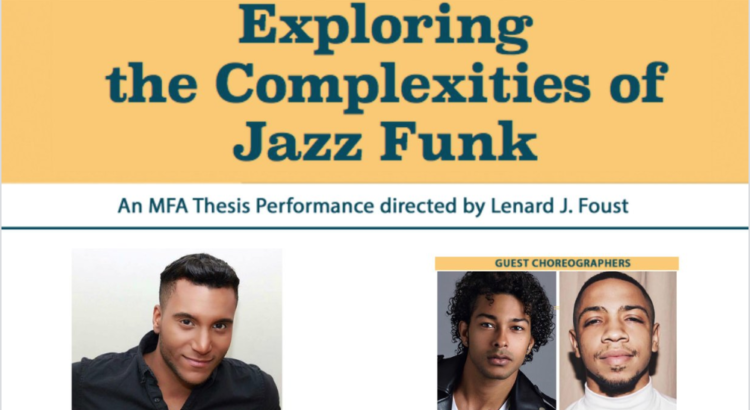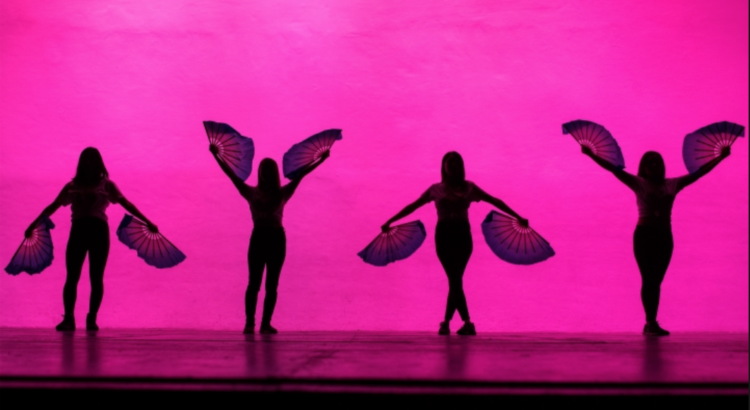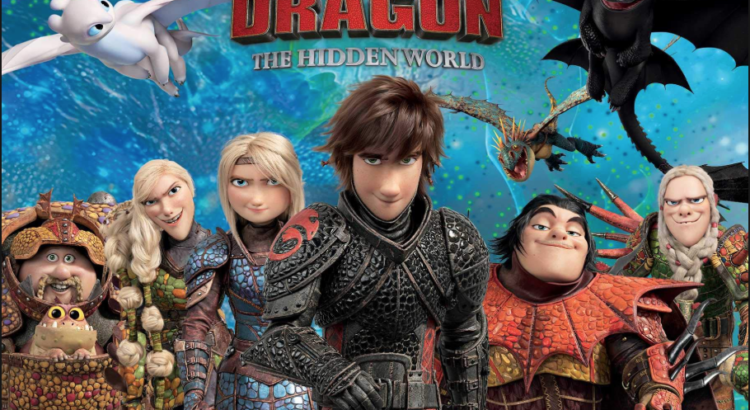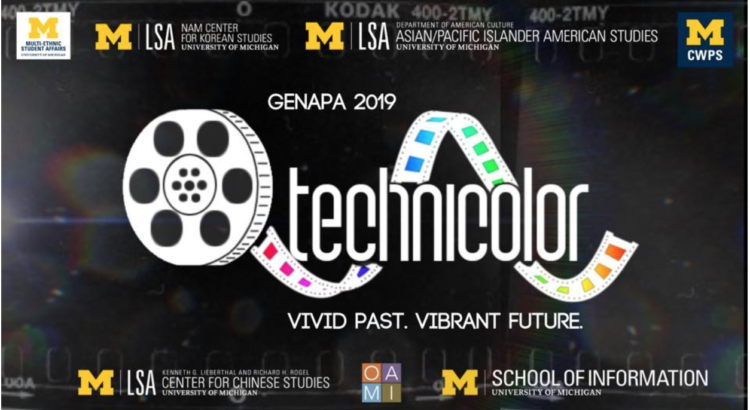Have you ever been to the video studio in the Duderstadt? It’s a super cool space. This was my first time seeing a performance in the studio. They have a lot of fancy sound and video equipment.
Exploring the Complexities of Jazz Funk is a behind-the-scenes commercial dance video production put on by Lenard J. Foust for his masters thesis. Audience members experience what it was like to film a dance video with all the camera angles, breaks between different takes, etc. It was a really unique experience that made me think about the differences between a live dance performance and one that is filmed.
For the most part, I enjoy live dance performances a lot more than filmed ones. This is mainly because I get really annoyed when the camera zooms in and out so I can only see one aspect of the performance. For example, when the camera only focuses on the dancers’ faces, I can not see their footwork. Or when the camera only shows one dancer so I miss out on the synchronicity of the ensemble, which is often a crucial element of the performance. I saw a lot of this happening during Exploring the Complexities of Jazz Funk. They also had busy projections in the background during the videos. I thought it was unnecessary, a little too “busy,” and distracted my focus on the dancers.
Even so, I understand why camera movement and somewhat-psychedelic backgrounds are so widely utilized while filming dance performances. With the shortened attention spans of this generation, it takes more and more to keep audience members intrigued. Camera movement makes a scene more “exciting,” even though I personally believe that choreography should be captivating “enough” in and of itself.
Another element I noticed was how dance should appear “effortless.” Clearly, after dancing vigorously for an hour, most people would be exhausted. But to put on a dance performance that is professional, it is important for dancers not to huff and puff, or grimace, or be dripping with sweat from physical exertion unless the choreography calls for it. Of course there are exceptions. But this is something I have noticed from personal experience and also watching competitions such as World of Dance (an international dance competition and tv show where judges evaluate top dancing talent and troupes of all ages). A dancer’s facial expressions are as important, if not more important, than the choreography. If you are bored by the routine and your movement shows it, how can the audience not feel at least a tinge of boredom or lack of energy as well?
The dancers in Exploring the Complexities of Jazz Funk did a great job of exuding confidence, connecting with the camera, as well as coming up with engaging motion on the spot. Often, I feel like I have a limited repertoire so it was helpful to see how each routine showcased different types of movement. Jazz funk is recognized for its sharp movement and syncopated musicality. It often exudes lots of “femininity,” and the genre combines elements from hip hop, jazz, vogue, and waacking. One piece had a lot of back-arching in its choreography, another featured the fluttering of the hands. Paying attention to the choreography introduced new ideas of movement into my vocabulary.
Overall, the performance was thoughtful. It sparked personal reflection, and I am glad I went.
































